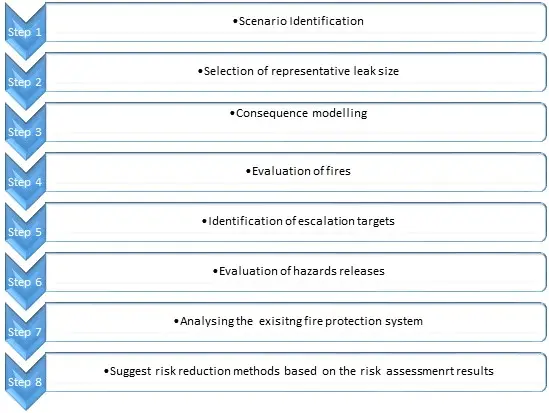Where the cost of CFD modelling is not possible or appropriate, Elixir can carry out gas dispersion or consequence modelling using DNV Phast software. Scenarios are selected based upon common leaks, worst case leaks and any other scenarios which may be specified by our client. This modelling reviews the dispersion of flammable gas with respect to possible explosive accumulations and aids in safety reviews as well as validating any Fire and Gas detection and protection measures proposed or already in place.
Many scenario based models can be misleading and dangerous if applied alongside F&G detection mapping without a broad knowledge of the principals behind both consequence analysis and Fire and Gas detection design. Using the scenarios in a safe and robust way is the key to ensure the design is optimised but not at the expense of safety.
DNV Phast is one of the most comprehensive process industry hazard analysis software tools for all stages of design and operation. The software examines the progress of a potential incident from the initial release to far-field dispersion including modelling of pool spreading and evaporation, and flammable and toxic effects.
Although the modelling is done computationally, all outputs are cross-checked by our subject matter experts calculations which give a estimated figure for each individual output. This gives reassurance that the semi-quantitative model is accurate and reflective of the input data.
The FERA Process flowchart is used as a framework for this guideline and to serve as a basis for the minimum requirement for a FERA study undertaken by a FERA specialist.

The FERA considers accidental releases from equipment’s carrying flammable & hazardous inventory. Normal design operation of the isolation system is assumed when determining the duration and characteristics of releases. Dust release rates and duration shall calculate based on normal operating pressures and process conditions.
The consequence analysis determines the size and duration of releases and predicts hazard zones for releases in terms of radiant heat. FERA evaluates the adequacy of fire protection system and recommends risk reduction measures based on the consequence results.
